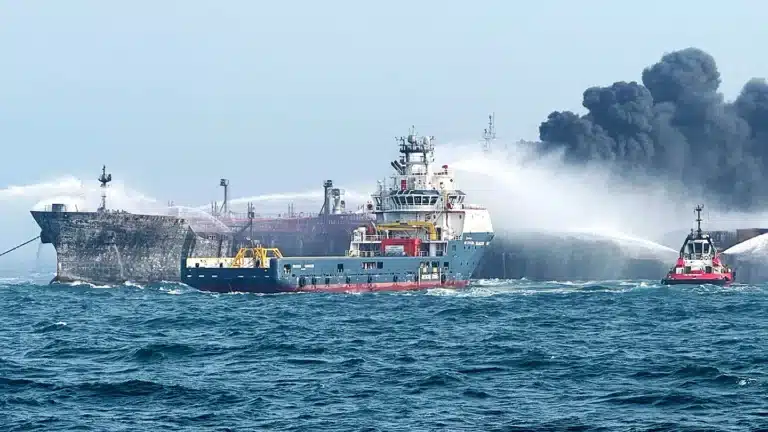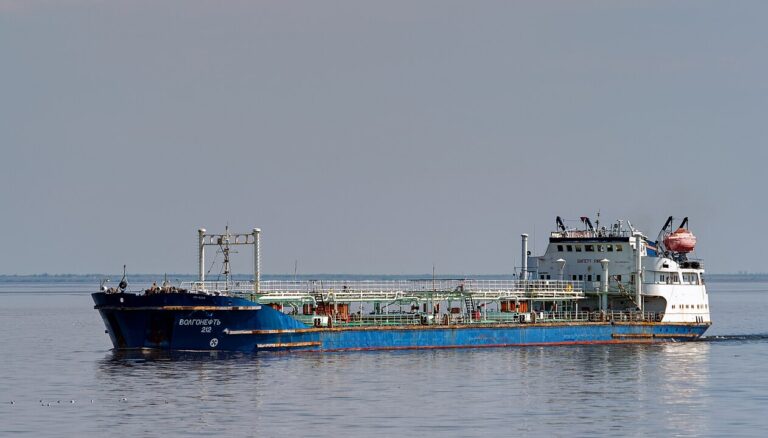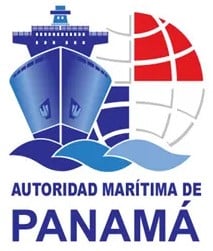Several factors is increasing the risk of fires at sea. Hazardous and combustible goods are increasingly transported by containers, while the prevalence of Lithium-ion batteries poses a growing risk for both container shipping and car carriers. At the same time, these hazardous cargos are increasingly transported by large vessels, where the consequences of fires are amplified, resulting in sizable losses.
New hazardous cargoes
Technology advances are leading to new types of cargo, some more hazardous than in the past, such as electric scooters and battery-powered goods. A lot of goods that normally utilized conventional power are now battery powered and that trend will continue. These new cargos mean new risks.
Fire is one of the the biggest causes of general average claims on container vessels, and one of the main causes of total losses across all vessel types with 64 ships lost in the past five years alone. With upwards of 20,000 containers on board some vessels, the risk of a fire originating from a container has increased. Fighting a fire at sea is particularly difficult for a crew of just 20 to 30 people. A fire on a single container, can easily lead to the loss of an entire vessel and its cargo.
Most recent incidents
Recent incidents include the ZIM Charleston fire in August 2022, in which some 300 containers were reportedly damaged. Also the TSS Pearl in the Red Sea in October 2022 sank after the crew were forced to abandon ship.
When we look at significant general average incidents involving container vessels over the past five years, they are largely related to fires. General average risk these days comes down to fire, and the majority of these incidents are related to mis-declaration of cargo.
General Average is the principle that essentially establishes that all sea cargo stakeholders, such as owner, shipper, and other parties, evenly share any damage or losses that may occur as a result of voluntary sacrifice of part of the vessel or cargo to save the whole in an emergency.









